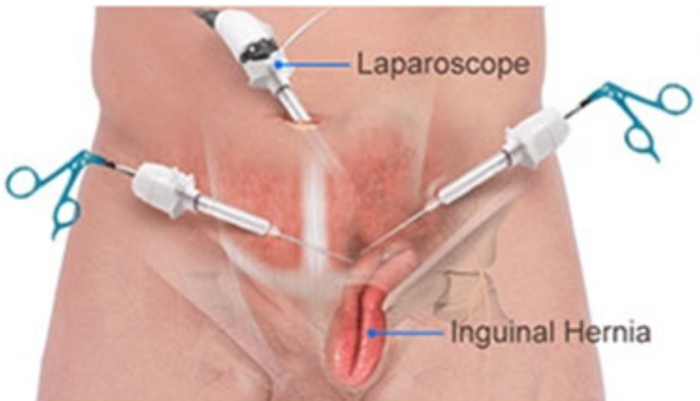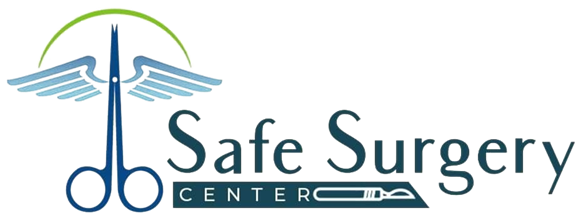
Inguinal hernia surgery
An inguinal hernia occurs when tissue, such as part of the intestine, protrudes through a weak spot in the abdominal muscles. The resulting bulge can be painful, especially when you cough, bend over or lift a heavy object.
An inguinal hernia isn't necessarily dangerous. It doesn't improve on its own, however, and can lead to life-threatening complications. Inguinal hernia repair is a common surgical procedure.
Symptoms
Inguinal hernia signs and symptoms include:
A bulge in the area on either side of your pubic bone, which becomes more obvious when you're upright, especially if you cough or strain
A burning or aching sensation at the bulge
Pain or discomfort in your groin, especially when bending over, coughing or lifting
A heavy or dragging sensation in your groin
Weakness or pressure in your groin
Occasionally, pain and swelling around the testicles when the protruding intestine descends into the scrotum
Diagnosis
A physical exam is usually all that's needed to diagnose an inguinal hernia. Because standing and coughing can make a hernia more prominent, you'll likely be asked to stand and cough or strain
Treatment
If your hernia is small and isn't bothering you, your doctor might recommend watchful waiting.
Enlarging or painful hernias usually require surgery to relieve discomfort and prevent serious complications.
There are two general types of hernia operations — open hernia repair and laparoscopic repair.
Open hernia repair
In this procedure, which is done under spinal or general anesthesia, the surgeon makes an incision in your groin and pushes the protruding tissue back into your abdomen. The surgeon then sews the weakened area, often reinforcing it with a synthetic mesh (hernioplasty). The opening is then closed with stitches, staples or surgical glue.
Laparoscopy (TAPP)
In this minimally invasive procedure, which requires general anesthesia, the surgeon operates through three small incisions in your abdomen. Gas is used to inflate your abdomen to make the internal organs easier to see
.A laparoscope is inserted into one incision. Guided by the camera, the surgeon inserts tiny instruments through other incisions to repair the hernia using synthetic mesh.
People who have laparoscopic repair might have less discomfort and scarring after surgery and a quicker return to normal activities.
Laparoscopy allows the surgeon to avoid scar tissue from an earlier hernia repair, so it might be a good choice for people whose hernias recur after traditional hernia surgery. It also might be a good choice for people with hernias on both sides of the body (bilateral).



